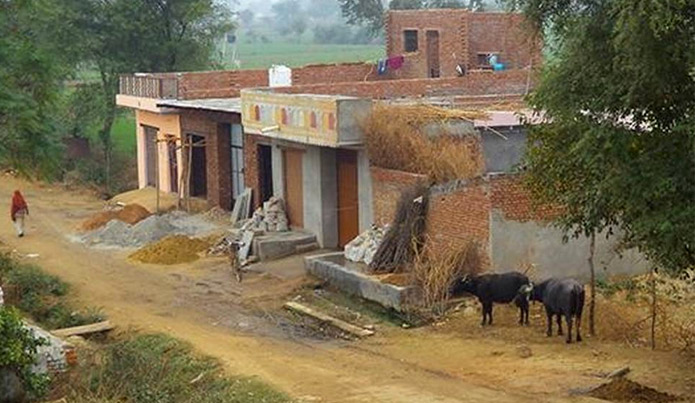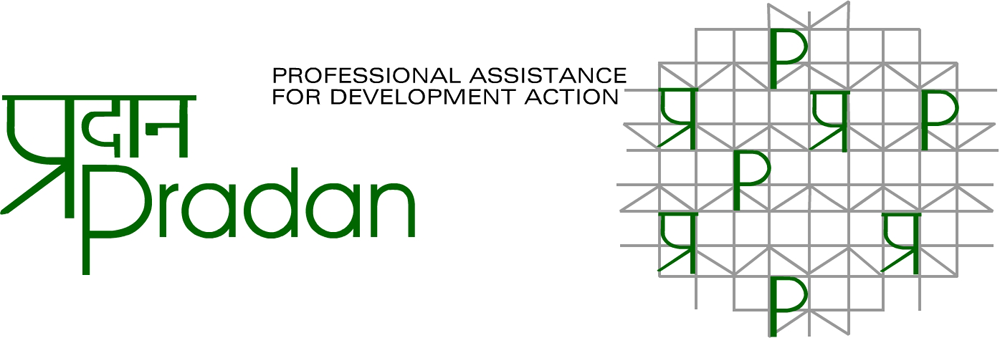A key arsenal in rural India’s pandemic fight

If you build a fortress to strengthen your defences against an enemy, what is of importance is the strength of its walls. The issue of space or comfort within the fortress is the last question one may dare to ask or even think about, apart from the minimum supplies required for sustenance. But what if the enemy is a virus?
With the ongoing war against COVID-19 , it is the exact opposite which needs equal if not greater attention — the state of preparedness within the fortress. Yes. With the ubiquitous 21-day national lockdown unprecedented in the history of independent India, stronger and harsher than anywhere else in the world, the interiors within the boundaries need attention.
Interestingly, every village is in itself a fortress during these difficult times and every village needs attention within. With the influx of thousands of migrant labourers into their villages, there is an imminent need to isolate them for at least 14 days. Unfortunately, the houses here, which are often one or two-room dwellings, with an average seven family members to accommodate, are some of the worst places where one can hope to contain the deadly disease. Along with the absence of running water within households, the possibility of common points in village arenas becoming hotspots for this deadly contagion becomes manifold.Notwithstanding the fact that the entire State machinery is now involved in near wartime efforts to contain the spread of this pandemic, only a few States have been able to organically involve their foundational governance structure — i.e. gram panchayats — very effectively and efficiently in this situation. In some southern States with pre-embedded conditions of self-governing and nearly autonomous panchayats, they are becoming the beacons of hope by proactively engaging with citizens at the village level. A case in example is the community kitchens run by local bodies in Kerala, where home delivery of cooked food is spiking as the situation demands.
Source: The Hindu

